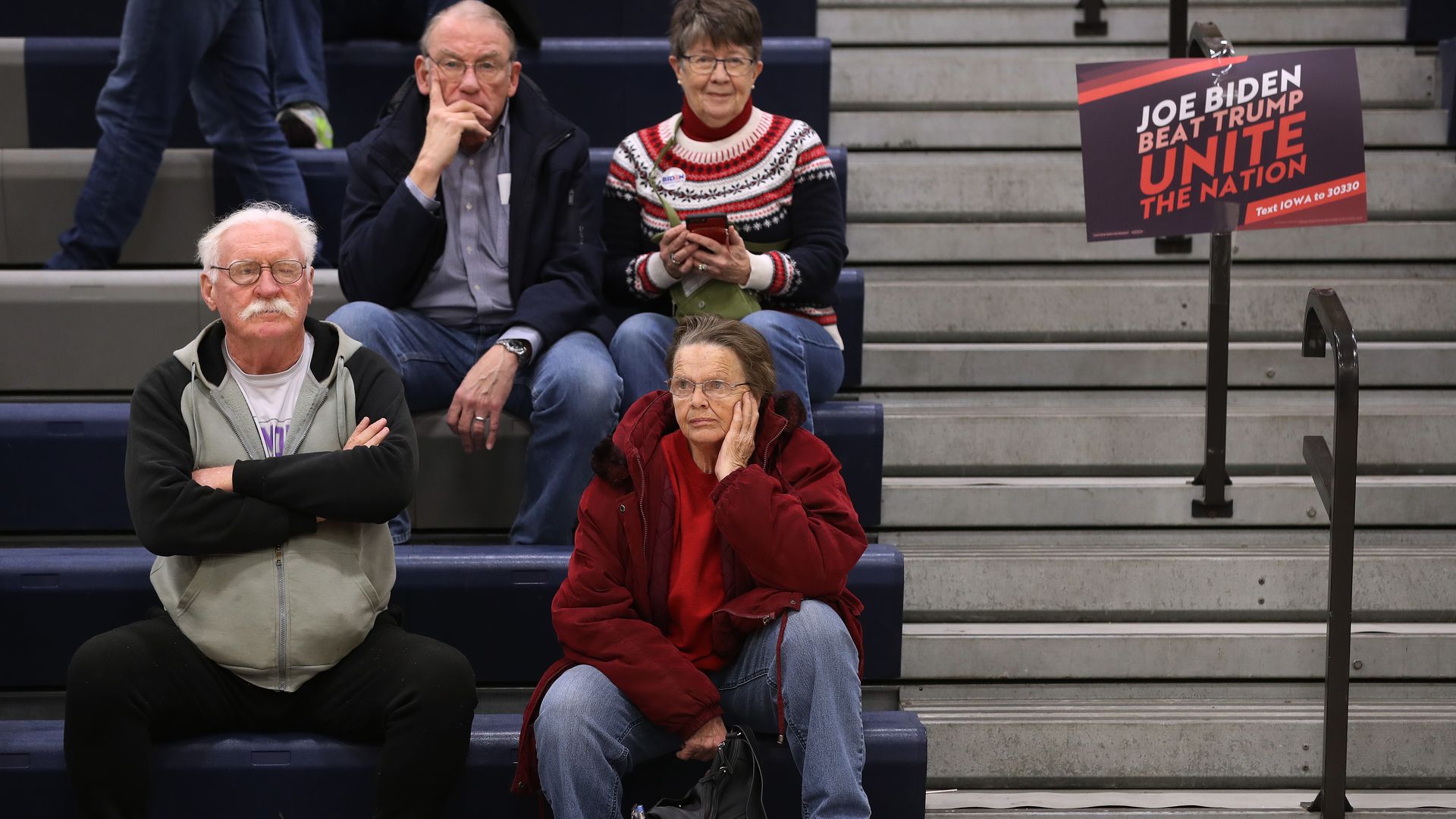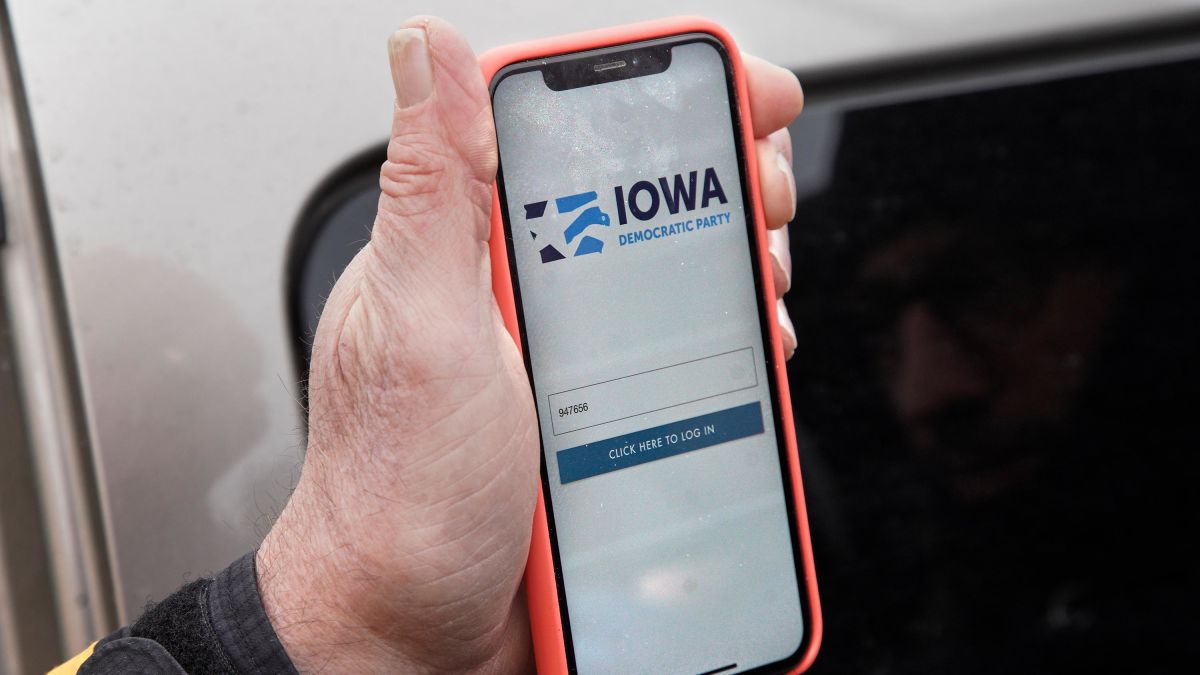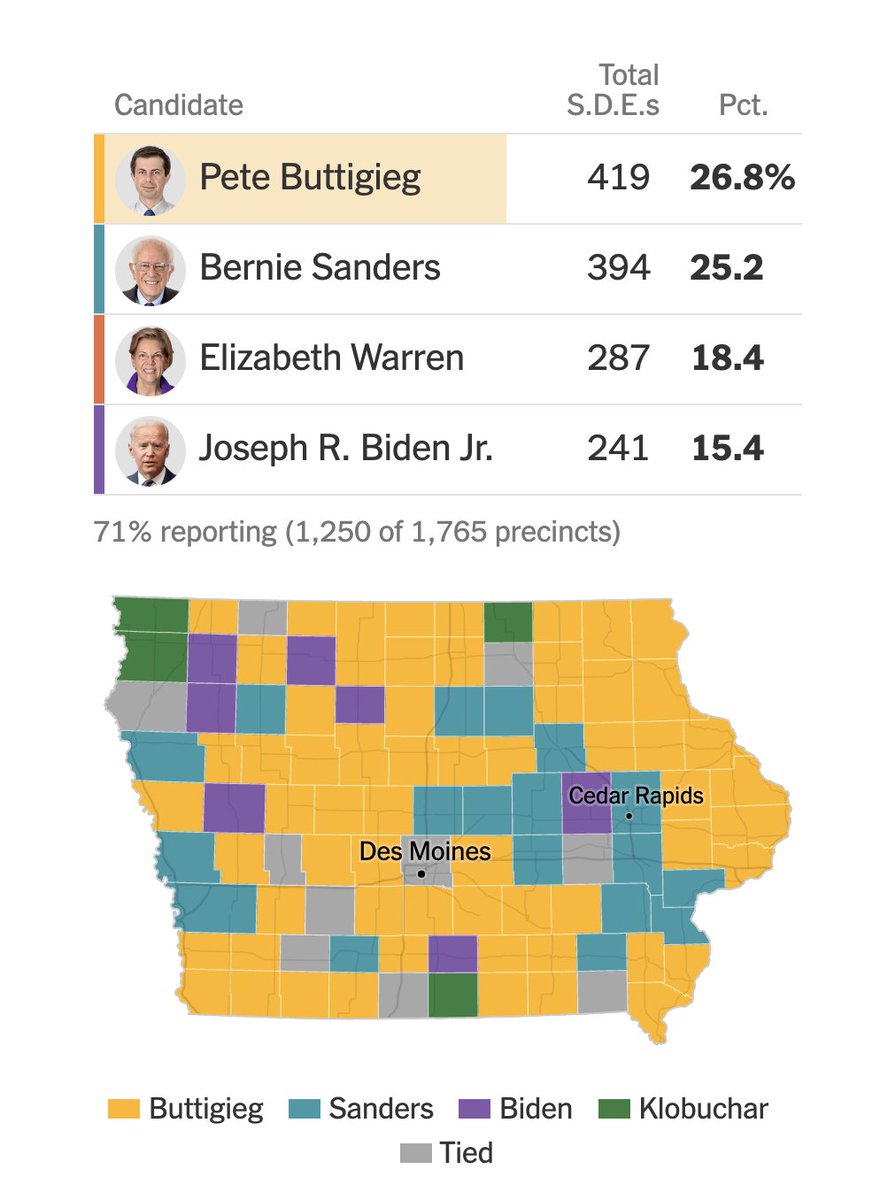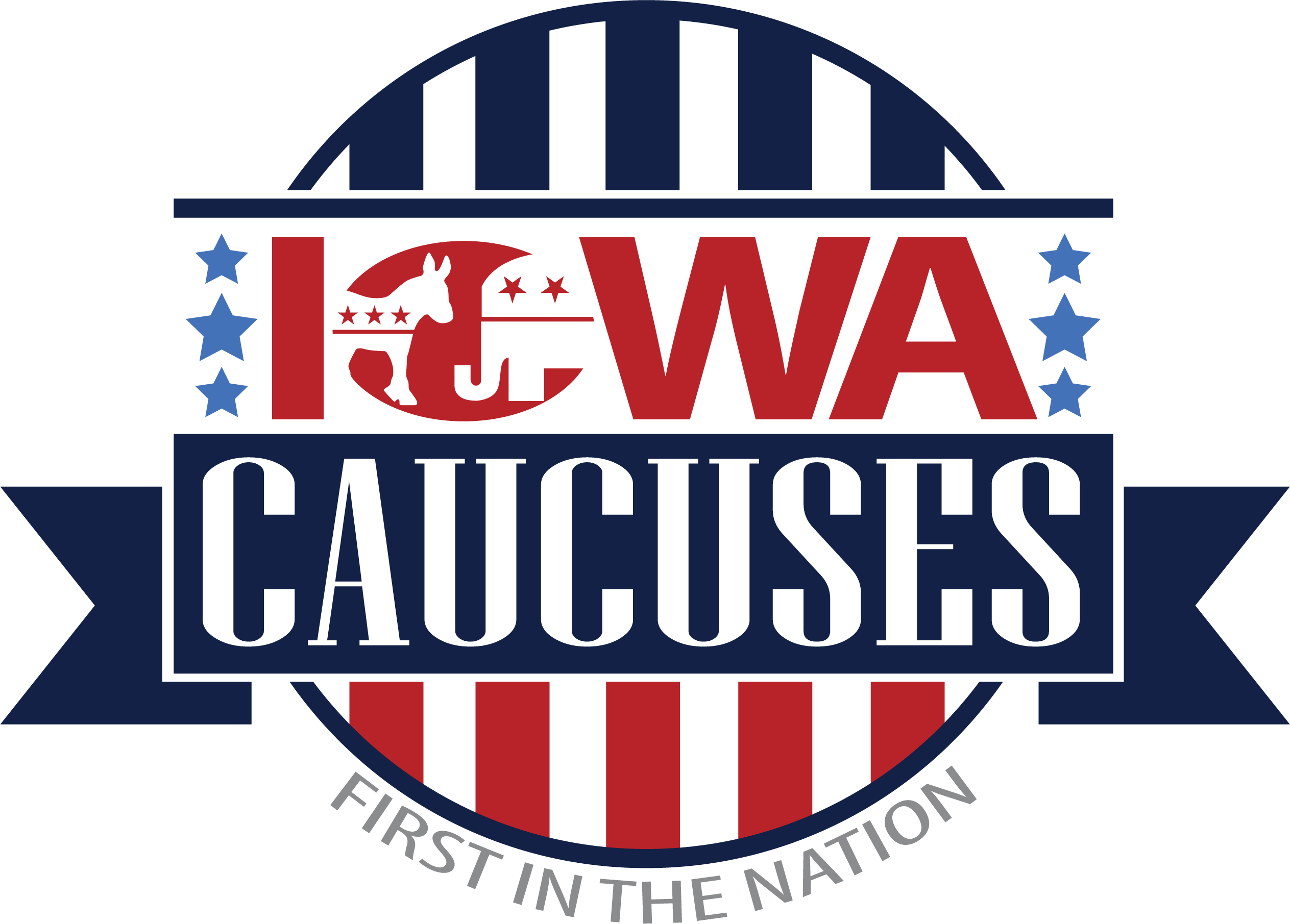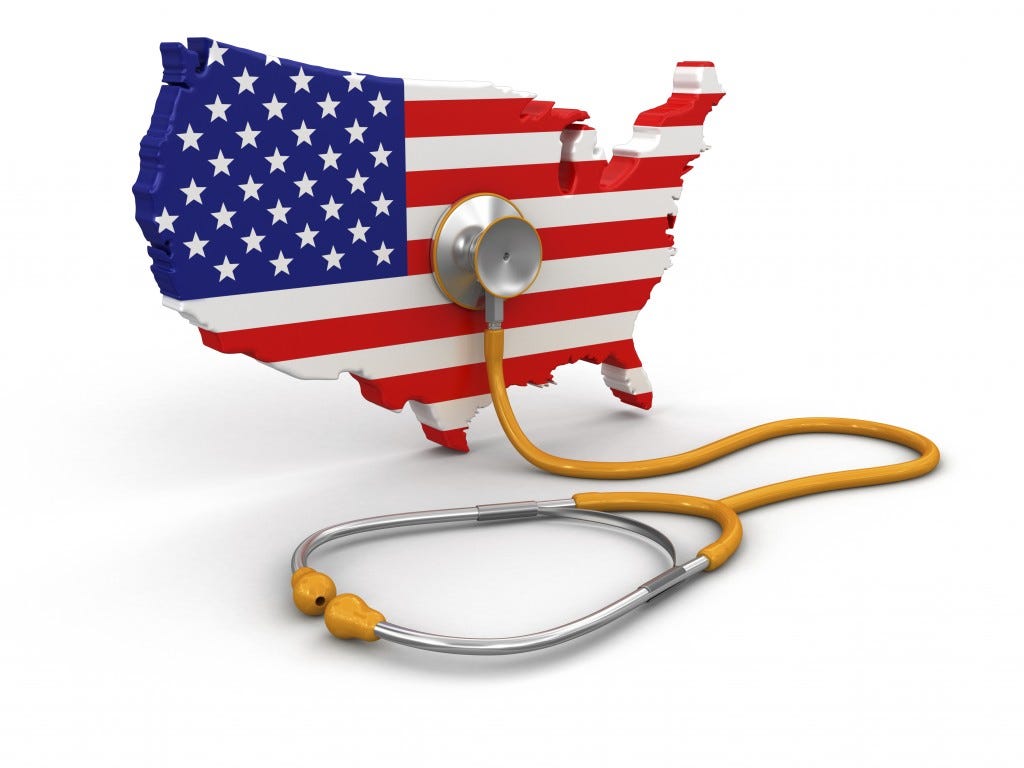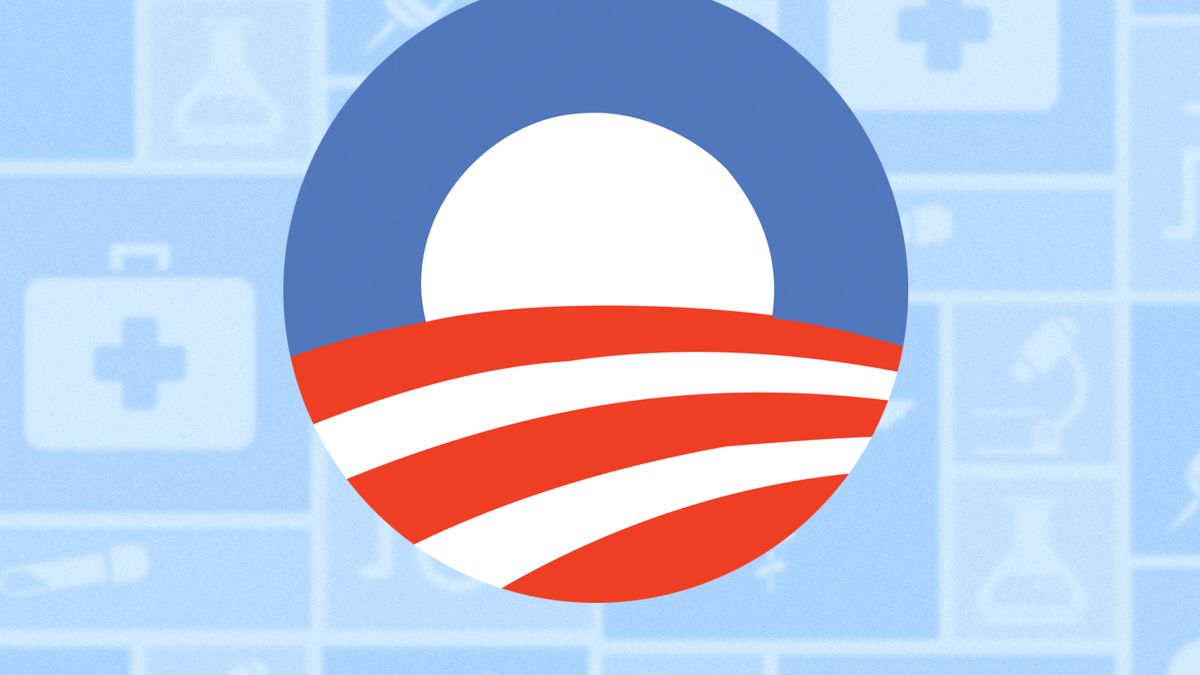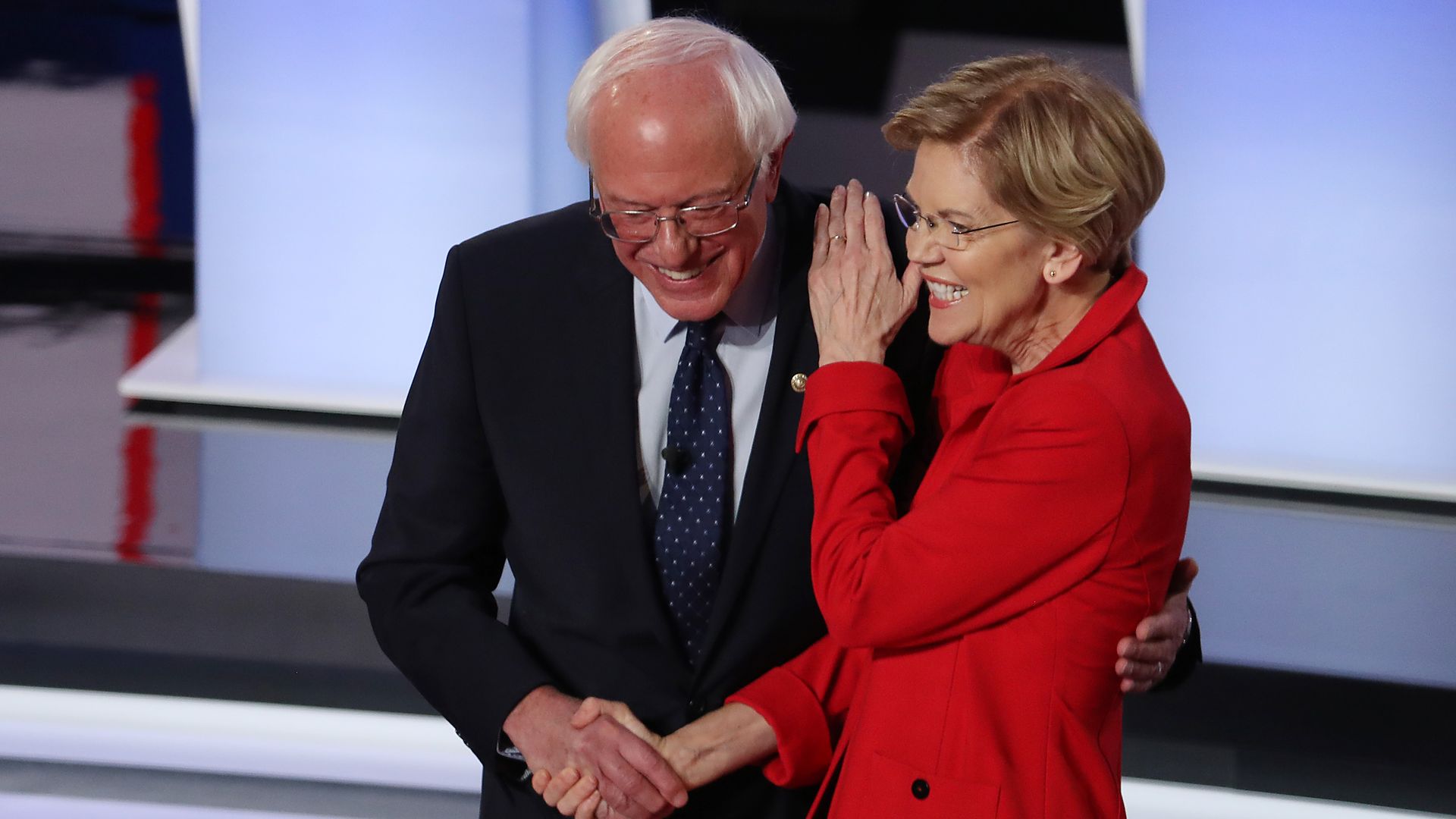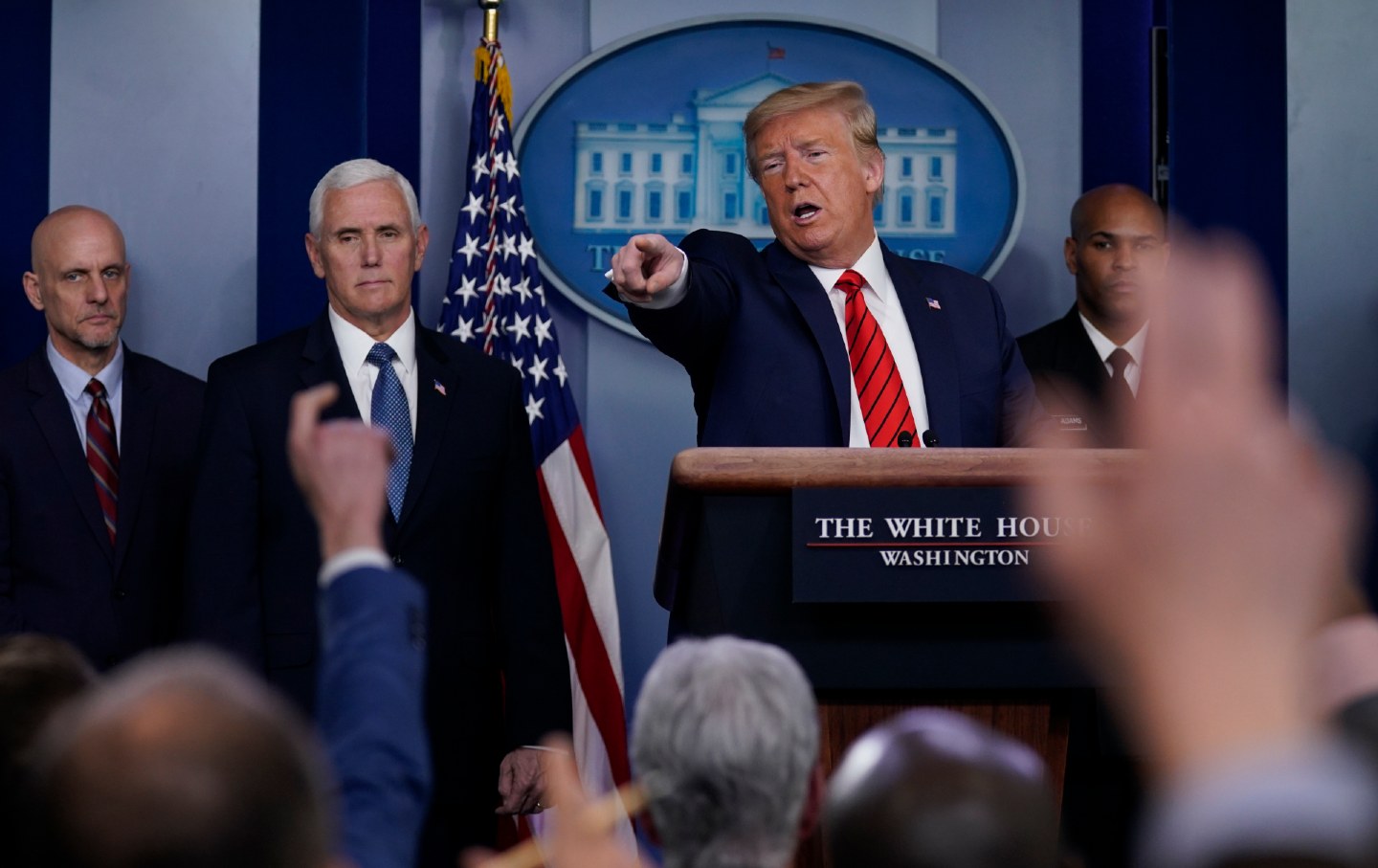
In January 22nd, President Donald Trump told CNBC that he and his administration had the coronavirus “totally under control”. Just a little over three months later, tens of thousands are infected, the American healthcare system has reached its breaking point, and the global economy has been effectively brought to a standstill. As of today, the United States has overtaken Italy and China to lead worldwide in total COVID-19 cases. Already, hospitals in New York City and other overwhelmed outbreak centers have run out of life-sustaining ventilators, and this is on top of shortages in hospital beds and personal protective equipment. And despite a steepening curve, many experts project that the virus’ peak has till yet to come.
This was not an unavoidable, unprecedented crisis. Indeed, the United States had bought itself over a month of spare time before the outbreaks truly escalated and social distancing became the new normal. But instead of implementing the robust, nationwide testing protocol that South Korea immediately adopted, or mandating self-isolation and quarantine like in China’s Hubei province, the federal government sat idly by. Now, America stands on the brink of a caving-in healthcare system and an unprecedented economic downturn. And as unemployment spikes past 3 million, President Trump has already signaled that he wants the social distancing to end “by Easter“.
Ultimately, the impact of the coronavirus on the 2020 presidential election are still far too early to call. The rare bitarsianship that crises often inspire seems to have finally reached Congress, where the Senate recently passed a relief bill with a vote of 96-0. With a vote pending in the House, Trump’s pivot towards economic messaging comes at a time where his job approval rating has reached new highs. But as President Trump’s ratings continue to rise, so too does the death toll.

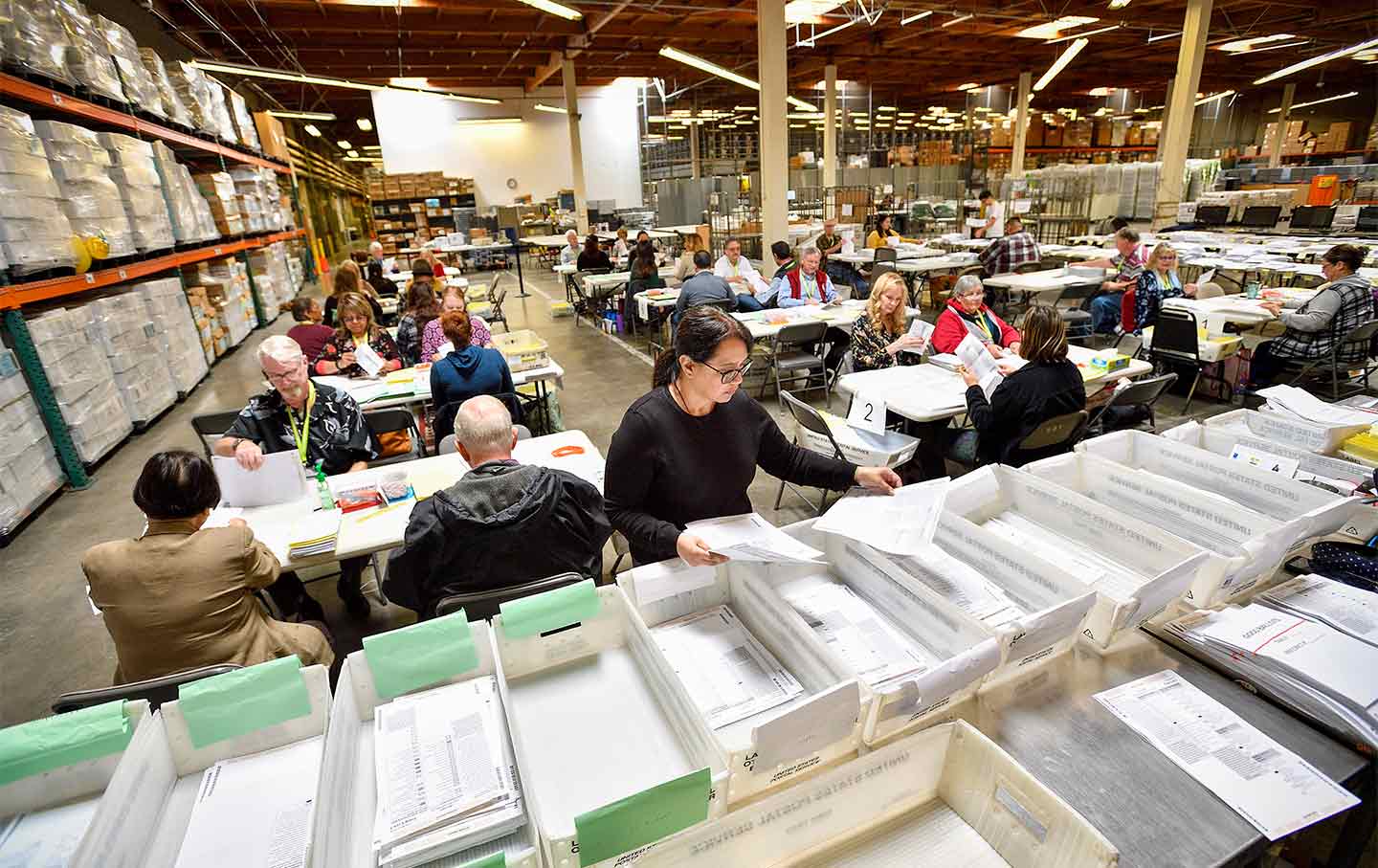



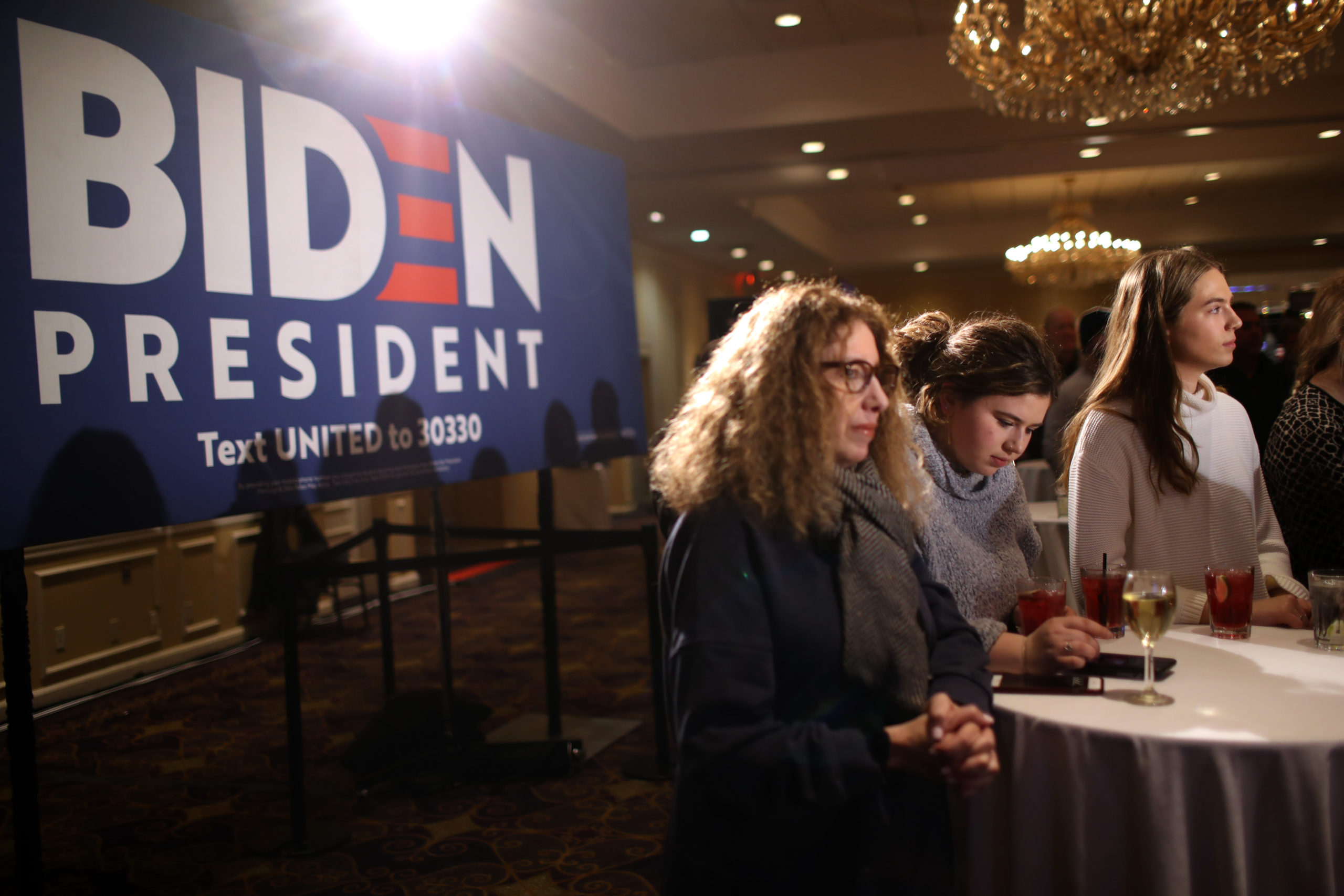 Since then, it appears that Bernie Sanders has overtaken Biden’s front-runner status. As Nevada creeps closer, Sanders has begun leading the pack in his RealClearPolitics national average, and his fundraising is more robust than ever. After Nevada comes South Carolina, which many have pointed to as Joe Biden’s last chance at mounting a comeback before losing all energy behind his campaign. And with Super Tuesday on the horizon, soon billionaire Michael Bloomberg will finally begin competing directly against the rest of the field.
Since then, it appears that Bernie Sanders has overtaken Biden’s front-runner status. As Nevada creeps closer, Sanders has begun leading the pack in his RealClearPolitics national average, and his fundraising is more robust than ever. After Nevada comes South Carolina, which many have pointed to as Joe Biden’s last chance at mounting a comeback before losing all energy behind his campaign. And with Super Tuesday on the horizon, soon billionaire Michael Bloomberg will finally begin competing directly against the rest of the field.